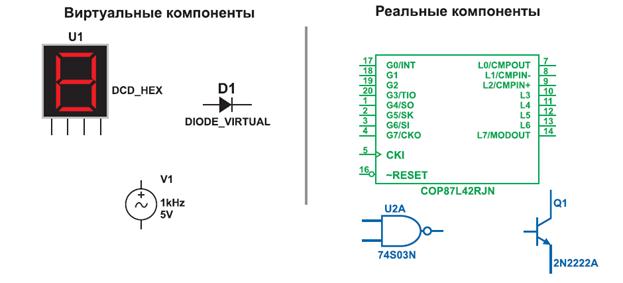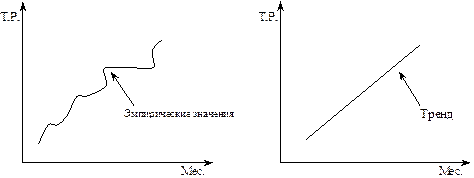INTRODUCTION
THE GUIDE TO LITERARY ANALYSIS
НАВЧАЛЬНИЙ ПОСІБНИК З КОМПЛЕКСНОГО АНАЛІЗУ ХУДОЖНЬОГО ТЕКСТУ для студентів денної та заочної форм навчання спеціальності 6.020303 «Англійська мова та література» освітньо-кваліфікаційного рівня «бакалавр»
Сімферополь 2013
Рекомендовано Міністерством освіти і науки молоді та спорту України як навчальний посібник для студентів філологічних спеціальностей вищих навчальних закладів (наказ № 1/11-5579 від 18.03.13) Укладачі: зав. кафедри англійської філології ТНУ, к.ф.н., доц. Полховська О.В., к.ф.н., доц. Мазіна О.М., к.ф.н., доц. Князева Н.А. Рецензенти: Доктор філологічних наук, професор, декан факультету перекладознавства Херсонського державного університету Демецька Владислава Валентинівна Доктор філологічних наук, доцент кафедри методики викладання філологічних дисциплін Таврійського національного університету ім. В.І. Вернадського Орєхов Володимир Вікторович Доктор філологічних наук, доцент кафедри філології Кримського республіканського інституту післядипломної освіти Резник Оксана Володимірівна Кандидат філологічних наук, доцент кафедри англійської філології Дніпропетровського національного університету ім. Олеся Гончара Олена Олексіївна Конопелькіна
CONTENTS Introduction…………………………………………8 I. Theoretical fundamentals of literary text analysis……………………………………………..13 1.1. Notion of style. Artistic systems. Genre…...13 1.2. Social and cultural background …………..34 1.3. Thematic formation. Gist and problem identification…………………………………….....44 1.4. Author’s tone and intent..…..……………...57 1.5. Composition and content organization. Types of narration………………………………………..68 1.6. Point of view. Voice and focalization…..….96 1.7. Setting and environment….………………115 1.8. Characterisation…………………………..123 1.9. Language and imagery. Individual style of writing…………………………………………….145 1.10. Stylistic devices……………………………171 II. Strategies for conducting literary text analysis and writing an essay……………………253 III. Standards for essay evaluation..………….256 IV. Theoretical approaches to literary texts…258 References……..………………………………….280 Appendix 1. Helpful linking words and devices..285 Appendix 2. Helpful key words………………....290
INTRODUCTION
· The aim of TheGuide to Literary Analysis is to bring together existing models and approaches from literary studies, to provide methods, tools and procedures for active exploring literary works through reading, response and analysis, which will bring out students’ interpretation and account for the ways in which the work produces the meanings found in it. The ultimate end of a literary analysis is, first and foremost, a deeper understanding and a fuller appreciation of how a literary work communicates a particular set of meanings for a reader, how the resources of literature are used to create the meaningfulness of the text. · Text analysis is an active enterprise that requires imagination, effort, and engagement with a text; it is a kind of interpretation enlarging and deepening readers’ experience – as they interact with a text – in order to come to some conclusion and to gain an earned opinion. It is ongoing and recursive process of accumulating opinions, constant revising and modifying them. · Any text has always been realized asbelonging to cross-cultural communication where meaning is not made with language alone but accomplished by some kinds of social and cultural presuppositions. To make sense of the text, a reader is to be interested in the actual processes of decoding and interpretation. Reasonable interpretation of the text shows the understanding of its social context, and how social conventions have helped determine its meaning. In effect, a work of literature is not seen as eternal and timeless but is situated historically, socially, intellectually, written at a particular time, with some intent, with particular cultural, personal, gender, racial, class and other perspectives. · In a literary work the message is delivered through a text (context), subtext (implication, hidden associations) and super-text (connection between the literary text and reality). With the purpose to uncover it, one needs to work out through various strategies that let us know what kind of text it is – its genre, grammar and syntax, rhetoric (way of persuading and building up an argument), narration, images, subject matter, all the ways in which the meaning is constructed. · Doing the analysis one needs to be clear about the model to use, because that has serious implications for how one understands the presented information and what the interpretations are. This means that before plunging straightaway into analysis there should be considered the assumptions about the text and the relations it has with the wide context and the reader to make sure they are at work. · As far as the students of English Philology Department are concerned, there is an essential side of their analytical reading activity: they are to bother themselves with an important question of acceptability of certain content in the view of modernphilologist. The students are to activate the covered content on critical thinking basis. It is essential that the students should be able to respond appropriately to the text rather than merely retell it, to identify themselves with some ideas by expressing opinions, giving reasons, speculating, hypothesizing. To put it differently, aesthetic and intellectual responses to the work of fiction need to go beyond pure description or retelling, the responses should contain a speculative problem-solving, analytical element. Being a philologist in a wide sense of a word implies academic ability to comprehend literary texts of different artistic systems, genres and narrative forms, to identify its place within the world literary process. Future philologists are to be prepared to reconstruct the context of the work of fiction; to identify its genre, leading conflicts, themes; to appreciate its aesthetic properties. · The Guide to Literary Analysis is aimed at forming particular skills: to provide complex textual and stylistic analysis of a work of fiction, to learn how to elicit implications of the text, to take up critical stance, to relate the reading to one’s personal values and attitudes, to develop debate based on different interpretations of a single text, to produce the response appropriately – work out arguments for/against, assertively state one’s point of view, build up reasoning, criticise, summarise, exemplify, make comparisons, to establish a set of criteria for a literary text evaluation.
|




